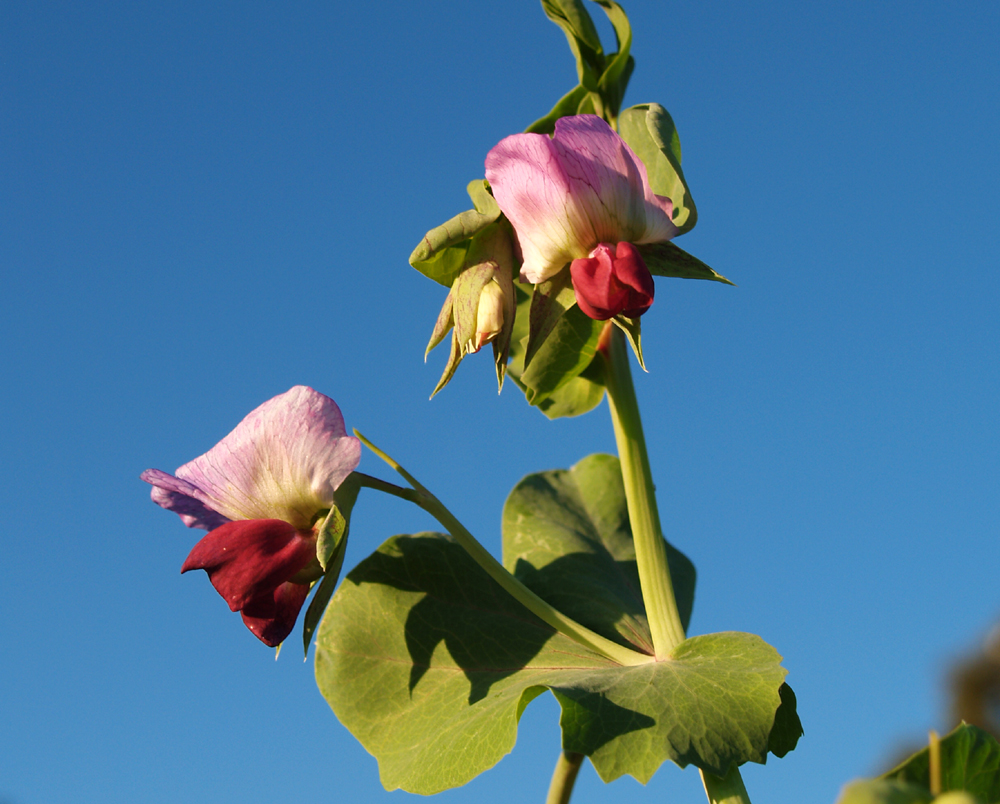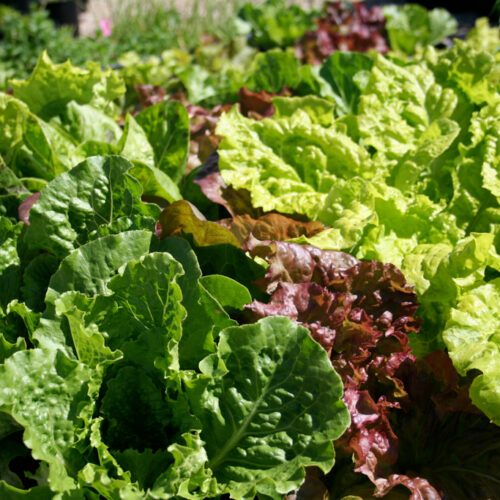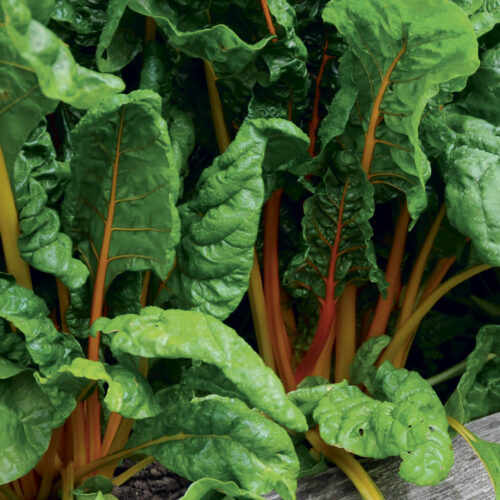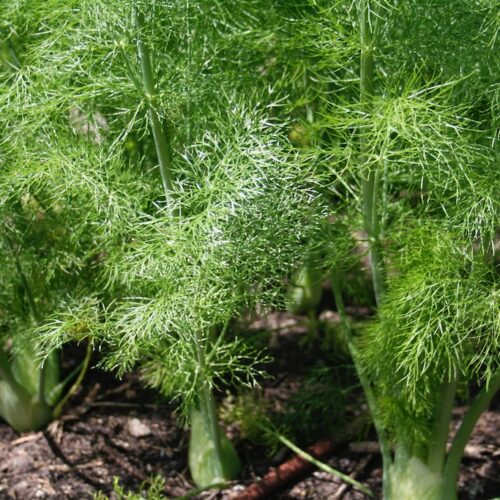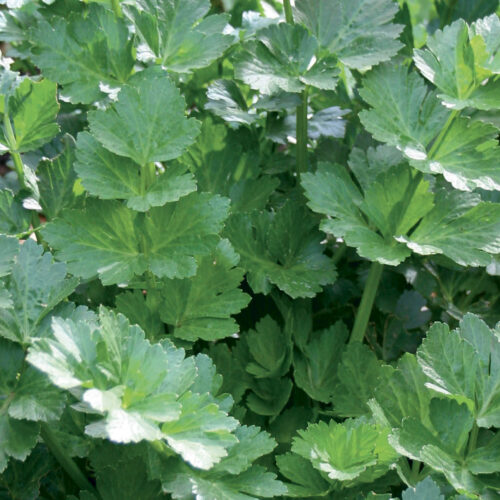Green Peas
2012-03-15T22:44:09+11:00
St Patrick's Day is traditionally regarded as the perfect time to plant ornamental sweet peas. JUSTIN RUSSELL argues that it's also the ideal time to plant edible peas in anticipation of an extended harvest.
Here on the Darling Downs, a region with a long history of growing showy annual flowers, traditional wisdom suggests that the perfect time to plant sweet pea seeds was on St Patrick’s Day (March 17). There’s nothing magical about the date and it doesn’t matter whether seeds are sown a week or two late. The key idea is that if sweet pea seeds are sown in early autumn, the plants have time to grow and harden off before the first frosts. They then enter a state of semi-dormancy in winter, wake up in spring, grow strongly for a month or two and, fingers crossed, flower magnificently from late October to mid-summer. In all but the coldest frost hollow, the timing is spot on.
The thing is, hardly anyone mentions St Patrick’s Day as the ideal time to also sow edible peas. Unlike their ornamental cousins, shelling, sugarsnap and snow peas are usually considered a spring crop. Hence the traditional term “spring peas”. I reckon this planting tradition is one of those funny old legacies of our Anglo heritage, and has more relevance to Britain’s cold winters, cool springs and mild summers than it does an Australian climate. Unless you’re in Tassie or the cold highlands in Victoria and NSW, spring in temperate Australia is generally a short lived affair that yields quickly to heat of summer.
Because peas detest hot weather and react by refusing to flower, crops started in spring, though tender and sweet, have an all too brief season. However, peas sown at the same time as ornamental sweet peas are a different story. Thanks to warm soil but cooling air temperatures, pea plants tend to put on enough growth to start setting an early flush of flowers in late April and May. Then they go to sleep. By spring the plants are itching to reproduce themselves, and in my experience, flower profusely and set extra heavy crops.
Sowing and growing edible peas is virtually identical to sweet peas. The plants prefer a sweet soil, so in my slightly acid ground I throw around a handful of garden lime per square metre. The trick to producing lots of flowers is to improve the soil without creating excessive fertility. To this end I add about a bucketful of compost per square metre, avoiding the use of high nitrogen fertiliser, which gets gobbled up by greedy plants at the expense of flowers. A monthly application of seaweed solution during winter and spring helps make the plants more frost resistant and encourages strong root growth for the burst of energy needed in September.
I prefer to sow direct into the garden. For reliable germination, it’s a good idea to soak the seeds overnight in weak seaweed solution, then simply push them about a knuckle deep into prepared soil the following day. Water once, then to prevent the seeds rotting, put the hose away until seedlings appear in about seven to fourteen days. St Paddy’s day is upon us. The time’s ripe to get busy this weekend sowing the seed of what will eventually become a ripper crop of beautifully plump pods.

